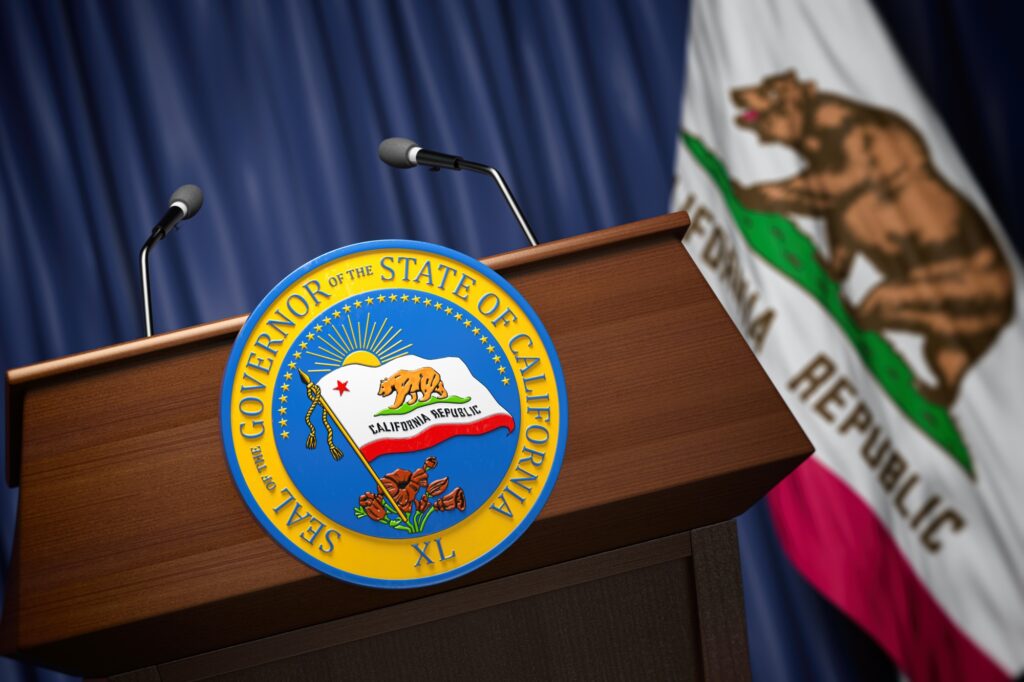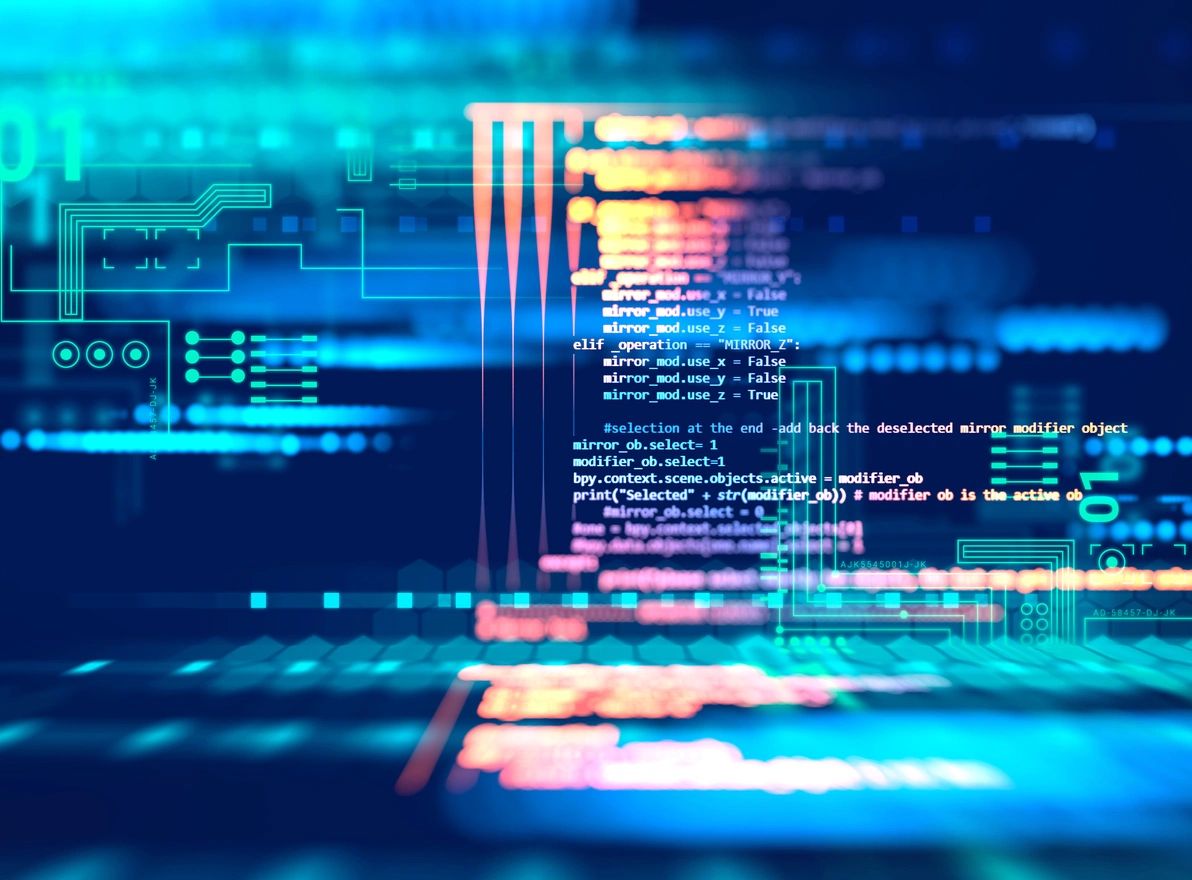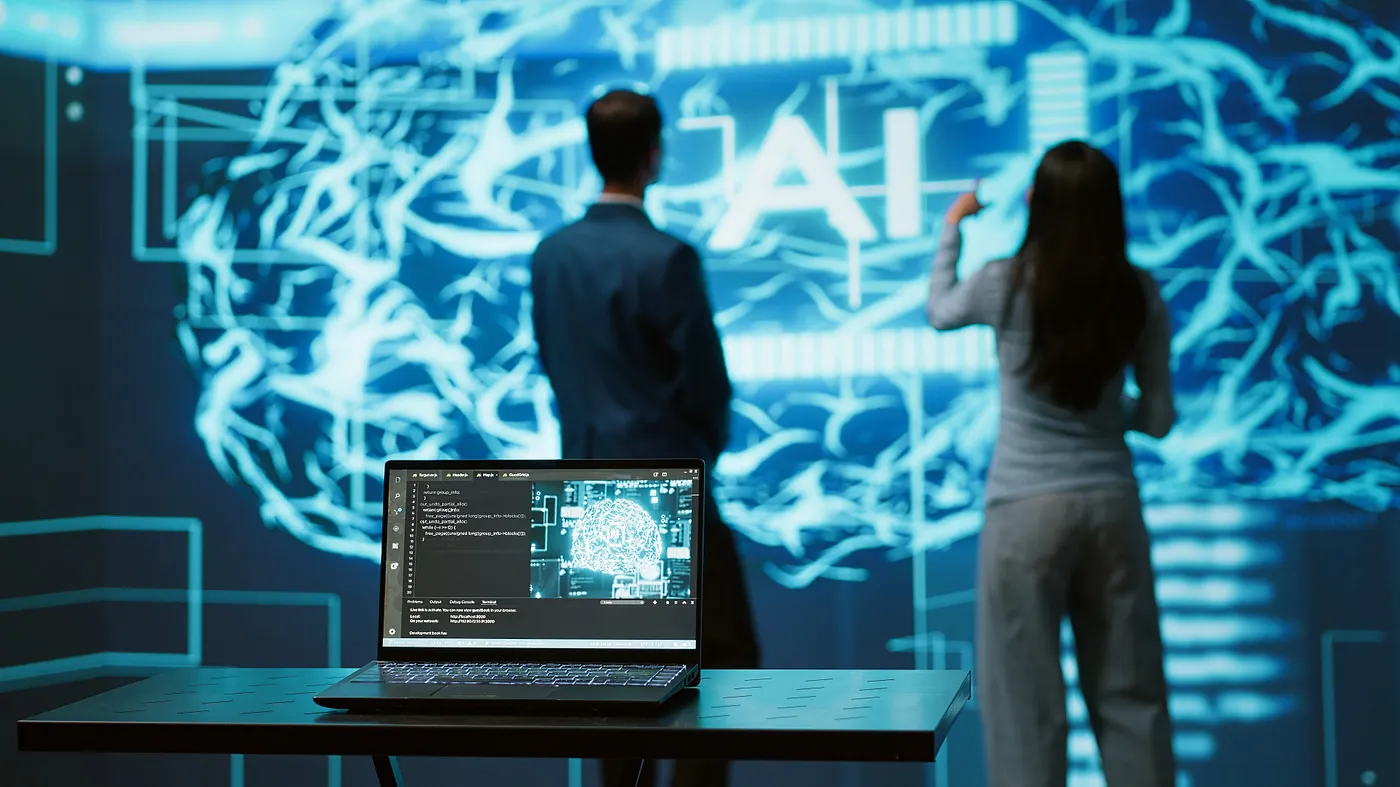From legal briefs to customer support and public transparency, here’s how RAG is transforming decision-making and efficiency across industries.
In a world awash with data, the real challenge isn’t access—it’s relevance. Large language models (LLMs) have unlocked new possibilities for automation and content generation, but without context, they risk hallucination or inaccuracy. That’s where Retrieval-Augmented Generation (RAG) steps in. By grounding generative AI in real-time, curated, and domain-specific information, RAG architectures are bridging the gap between raw data and usable insight. This isn’t theoretical. RAG is already transforming industries—quietly powering smarter decisions, faster research, and more meaningful engagement across legal, healthcare, tech, and the public sector. Below, we dive into four real-world use cases where RAG is not just a backend tool, but a business advantage.

Legal Case Research & Brief Generation
Industry: Legal
Problem:
Lawyers spend hours researching case law, statutes, and previous rulings—often across disconnected databases.
RAG Solution:
- A RAG system integrates with Westlaw, LexisNexis, and court databases to retrieve relevant precedents in real-time.
- The LLM then synthesizes these into usable summaries, draft motions, or legal briefs.
- A paralegal inputs a fact pattern, and the system outputs relevant cases with citations, legal reasoning, and potential counterarguments.
Why it works:
Combines the precision of retrieval with the generative power of AI, reducing legal research time by up to 70%.
Example Use Case:
Imagine you’re a junior associate at a mid-size law firm. A partner walks in with a last-minute assignment—a client has a hearing tomorrow, and you need to find precedents on non-compete clause enforceability in tech employment contracts. Instead of spending the night sifting through legal databases, you feed the case facts into your firm’s AI-powered assistant. Within minutes, it surfaces three key decisions, highlights how judges ruled, and even drafts a few paragraphs you can polish for your motion. It’s not just a time-saver; it’s the difference between scrambling and showing up prepared.

Pharmaceutical Regulatory Intelligence
Industry: Pharma / Life Sciences
Problem:
Regulatory teams must track constantly changing global regulations (FDA, EMA, etc.) and adapt submission strategies.
RAG Solution:
- Pulls real-time data from agency websites, whitepapers, and regulatory notices.
- LLM generates region-specific guidance summaries and submission timelines.
- Includes just-in-time alerts on changes impacting specific drug classes or clinical phases.
Why it works:
Reduces risk of non-compliance while speeding up market access strategies—especially important in rare disease or accelerated approval paths.
Example Use Case:
Take the example of a regulatory affairs manager at a biotech startup working on an orphan drug. She’s managing submissions in the U.S., Europe, and Japan—each with its own requirements, timelines, and recent updates. Instead of manually tracking guidance documents across different agency portals, her RAG-based dashboard flags a change in EMA’s pediatric data requirements. The system not only alerts her but drafts a compliance memo tailored to their submission. What used to take a team days now takes one person an afternoon. In a race against the patent clock, that’s a strategic edge.

Customer Support Knowledge Assistants
Industry: Enterprise SaaS, Telco, Banking, and more
Problem: Customer support representatives often have to dig through scattered documentation to resolve issues.
RAG Solution:
- RAG combines product manuals, support tickets, FAQs, and API docs.
- When a customer describes a problem, it retrieves similar past issues and generates a step-by-step fix.
- Optionally integrates with tools like Salesforce or Zendesk.
Why it works:
Reduces handle time, improves first-contact resolution, and avoids hallucinations by grounding answers in support data.
Example Use Case:
Picture a SaaS support rep taking a live chat from a frustrated enterprise client: “Our webhook integrations are failing since last night—what’s going on?” Before, the rep might’ve toggled through three internal portals, searched Slack threads, and hoped an engineer had documented the issue. Now, their RAG assistant pulls up a resolved ticket from a similar client, identifies the error as a rate-limit update in the latest API, and suggests a fix with links to the changelog. The client gets a solution in under 5 minutes—and the rep looks like a hero without escalating to Tier 2.

Government & Public Sector Transparency Portals
Industry: Public Sector / Civic Tech
Problem: Citizens and journalists struggle to navigate FOIA documents, legislative records, or budget datasets.
RAG Solution:
- Connects to city/state portals, public records, and archived PDFs.
- Allows natural language Q&A like “What funding was allocated to mental health in 2023?”
- LLM provides concise answers with citations and downloadable references.
Why it works:
Turns disjointed public records into accessible, trustworthy answers. Boosts civic engagement and watchdog journalism.
Example Use Case:
A journalist in a local newsroom is working on a story about public spending on mental health programs. She visits the city’s open data portal—hundreds of PDFs, spreadsheet links, and scanned budget documents greet her. Normally, that’s a full day of digging. But her organization has implemented a civic AI assistant trained on local budgets and council transcripts. She types, “How much was spent on mental health in District 5 in 2023?” and gets an answer with links to supporting documents. Not only is her reporting faster—it’s stronger and more transparent, restoring trust in local media.
RAG Isn’t Just Theory—It’s Now
We’re past the point of asking whether LLMs are valuable. The real question is: how do we make them reliable and useful in the real world? That’s where Retrieval-Augmented Generation comes in.
By grounding responses in curated, up-to-date, domain-specific content, RAG eliminates hallucinations and transforms language models from experimental to enterprise-ready. These aren’t abstract use cases—they’re daily workflows already benefiting from RAG-backed efficiency, accuracy, and strategic value.
Next Steps for Innovators
If you’re exploring ways to implement RAG at your company, consider this your starting point. You don’t need a massive AI team—just the right use case, the right content, and the right architecture. Whether you’re a legal firm, pharma company, government agency, or SaaS brand—there’s a real, measurable opportunity waiting.
Want to Bring RAG Into Your Workflow?
Whether you’re an enterprise innovator or a lean team looking to punch above your weight, RAG can unlock transformative value. Interested in a prototype or consultation? Let’s build a use case that saves your team time and delivers ROI.
✅ Book a Use Case Strategy Call
✅ Request a Custom RAG Prototype
✅ Get an AI Assessment for Your Stack






